The versatility of 430 stainless steel is a topic of growing interest in various industries, owing to its unique properties and benefits. As a ferritic grade of stainless steel, 430 stainless steel exhibits excellent corrosion resistance, moderate formability, and good weldability, making it a preferred choice for applications that require durability and aesthetic appeal.

According to a report by the International Stainless Steel Forum (ISSF), the demand for ferritic stainless steels, including 430, has been steadily increasing, with usage in household appliances, automotive components, and kitchenware projected to grow significantly over the next decade. This material not only offers cost advantages due to its lower nickel content but also contributes to sustainability by enhancing the lifespan of products.
Understanding the attributes and applications of 430 stainless steel can provide valuable insights into its role in everyday manufacturing and construction processes.
430 stainless steel is widely recognized for its excellent combination of properties that make it suitable for various everyday applications. One of its key characteristics is its corrosion resistance, which, although not as strong as other stainless steels, still protects against rust and oxidation in mildly corrosive environments. Additionally, 430 stainless steel possesses good formability and can be easily shaped into complex designs, making it a favored choice for kitchen appliances and automotive components.
When selecting 430 stainless steel for specific projects, consider its ability to retain a shiny, aesthetic finish. This quality makes it an ideal material for decorative applications, such as cookware, cutlery, and architectural elements. Furthermore, 430 stainless steel can withstand high temperatures, ensuring durability in heating appliances like ovens and grills.
**Tips:** When working with 430 stainless steel, ensure that you use appropriate tools to avoid surface scratches, as its shiny finish can be prone to marking. To maintain its appearance, regularly clean with a mild detergent and avoid abrasive cleaners. Understanding its properties will help you choose the right applications and extend the lifespan of your products made from this versatile material.
| Application | Key Characteristics | Benefits |
|---|---|---|
| Kitchen Utensils | Good corrosion resistance, ease of cleaning | Durable and safe for food contact |
| Automotive Components | High strength, good ductility | Cost-effective and lightweight |
| Appliances | Resistant to oxidation, aesthetic appeal | Enhances product longevity and appearance |
| Industrial Equipment | Stable mechanical properties at room temperature | Reliable performance in various environments |
| Architectural Applications | Good formability, weldability | Versatile design options and easy installation |
430 stainless steel is a versatile material with a variety of everyday applications that often go unnoticed. One of its most common uses is in kitchen utensils, such as cutlery and cookware. According to a report from the International Stainless Steel Forum (ISSF), approximately 25% of stainless steel used in kitchen equipment is 430 due to its good corrosion resistance and attractive surface finish. This makes it ideal for items that are frequently exposed to moisture and heat.
Another noteworthy application of 430 stainless steel is in automotive components, including trim and exhaust systems. The World Steel Association highlights that this grade, specifically due to its lower cost compared to other stainless steels, is often favored in the manufacturing of non-structural components, ensuring both durability and aesthetic appeal. Additionally, its magnetic properties make it useful in household appliances, particularly in refrigerators and dishwashers, where magnetic door seals are required for energy efficiency. With its array of applications, 430 stainless steel continues to be a go-to material in both industrial and consumer products.
430 stainless steel is a popular choice in a variety of everyday applications due to its unique properties that set it apart from other materials. One of the primary advantages of 430 stainless steel is its excellent resistance to oxidation and corrosion, making it ideal for use in environments where exposure to moisture or chemicals is a concern. Unlike other grades, such as 304 stainless steel, 430 offers a more cost-effective solution without compromising on durability, especially in indoor applications like kitchen appliances and automotive components.
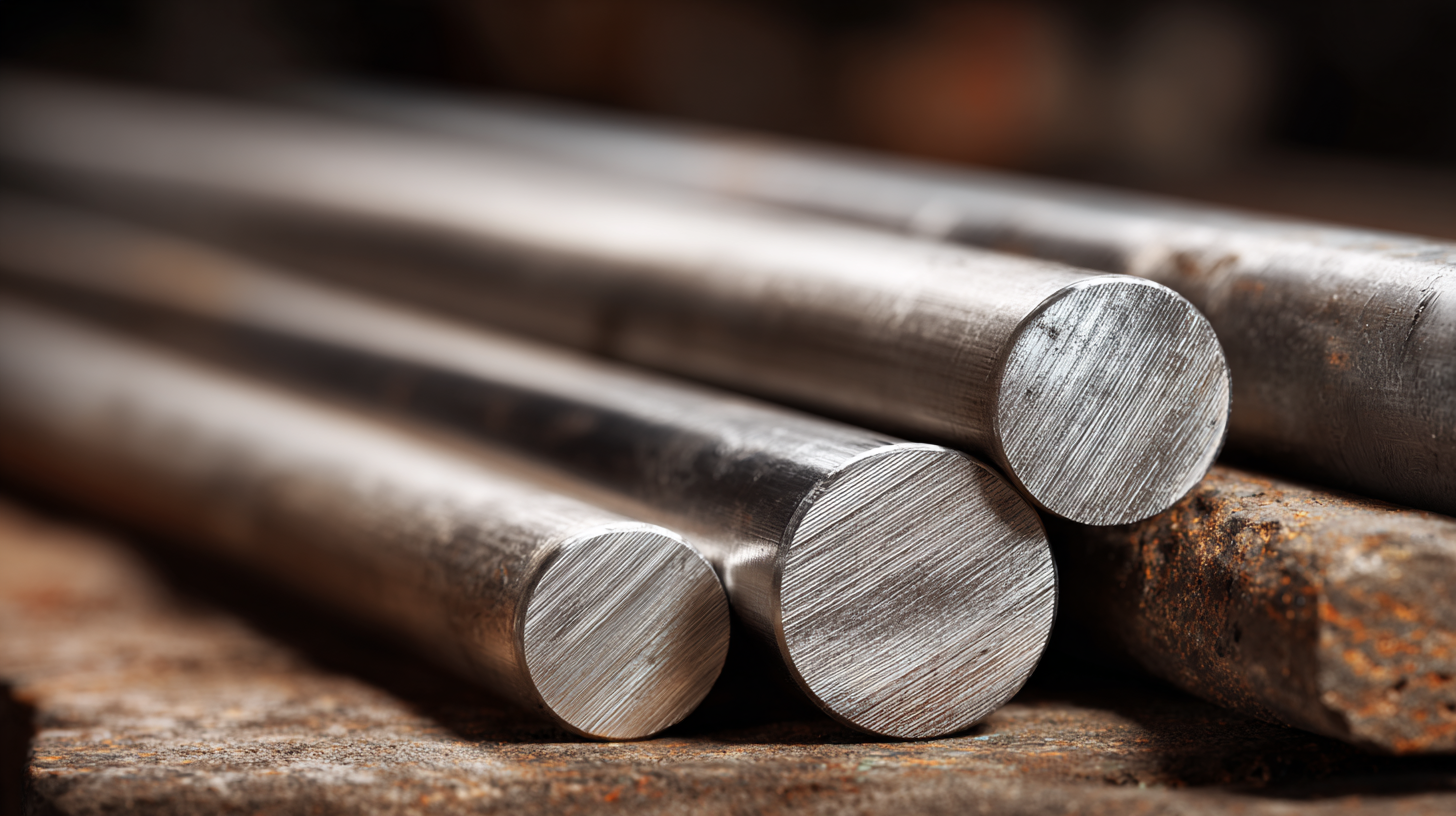
In addition to its corrosion resistance, 430 stainless steel boasts a lower thermal expansion coefficient, enhancing its performance in applications where temperature fluctuations are common. This characteristic, combined with its ability to maintain a polished finish, makes it particularly well-suited for decorative items and food-grade applications. Its magnetic properties also provide an advantage in manufacturing processes that require magnetism, setting it apart from austenitic stainless steels that lack this feature. As a versatile material, 430 stainless steel offers a balance of affordability and performance that appeals to many industries, solidifying its position as an excellent choice for everyday use.
To maximize the longevity of 430 stainless steel products, regular maintenance is essential. This type of stainless steel, while resistant to corrosion, is not entirely immune to staining. It is advisable to clean the surface with warm soapy water periodically. Using a soft cloth or sponge helps avoid scratching the surface while effectively removing grime and fingerprints. For tougher stains, a gentle abrasive cleaner can be applied, but care should be taken to avoid harsh chemicals that may damage the protective layer.
Another crucial factor in maintaining 430 stainless steel is to ensure it remains dry and free from moisture. Prolonged exposure to water can lead to rust formation, especially in areas where the protective finish has worn away. After cleaning, it's wise to wipe the surface dry with a clean cloth. Additionally, applying a thin layer of mineral oil can enhance its shine and add a further barrier against moisture. By following these simple maintenance tips, one can ensure that 430 stainless steel products remain functional and aesthetically pleasing for years to come.
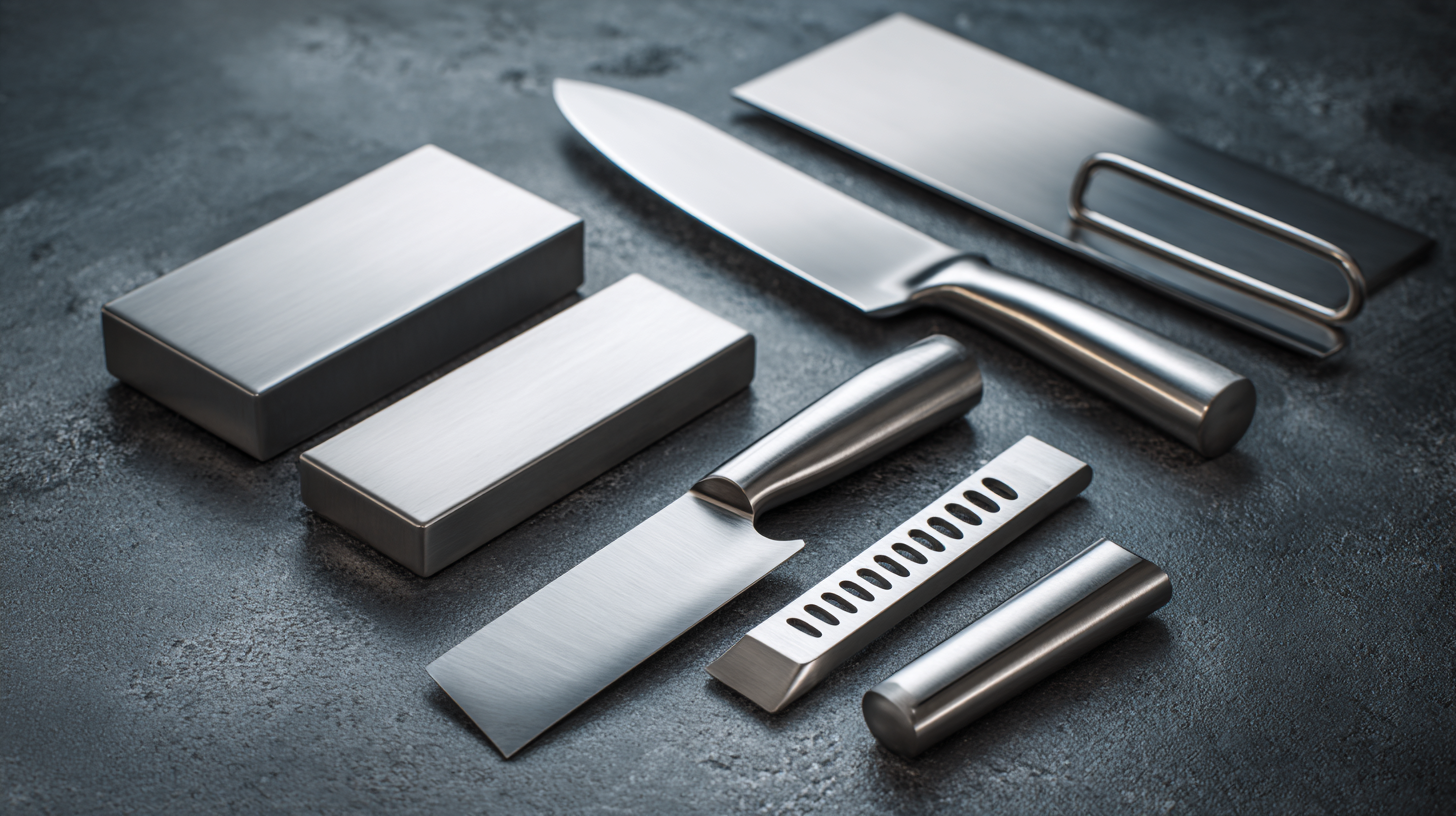
The cost-effectiveness of 430 stainless steel makes it a prime choice for a range of manufacturing applications. Reports indicate that 430 stainless steel, with its high affordability—often 10-20% lower in cost compared to 304 stainless steel—offers an attractive alternative for industries seeking both quality and budget efficiency. This price advantage can significantly impact the bottom line, especially in large-scale manufacturing where material costs play a crucial role in overall expenditures.
Additionally, 430 stainless steel’s combination of good corrosion resistance and strength presents an ideal solution for everyday industrial uses, such as kitchen appliances, automotive components, and decorative elements. According to a study by the International Stainless Steel Forum (ISSF), the automotive sector alone is projected to increase its use of ferritic stainless steels like 430 by 15% over the next five years, driven by the need for cost-effective materials that do not compromise on durability. This trend underscores the growing recognition of 430 stainless steel’s value in achieving cost-efficient manufacturing solutions without sacrificing performance.

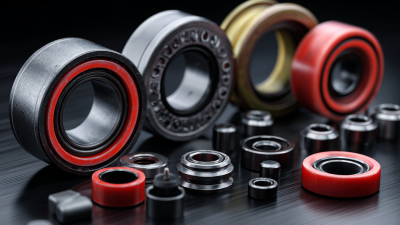

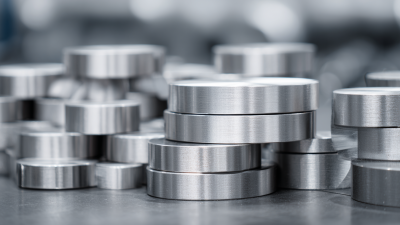

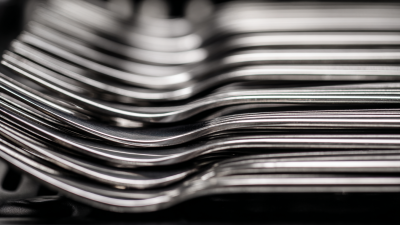
To learn more about any of the products and services provided by Abbott Ball Company, Inc., simply complete the form below.